Research Reports from the Department of Operations
Document Type
Report
Publication Date
4-1-1988
Abstract
The need to make available resources "go further" is perceived by managers of Independent Sector entities, ranging from the Red Cross Society to the tiniest neighborhood association. Much has been written [O'Neill and Young 1988] about this need, especially during the waning years of the Reagan administration. Moreover, prognoses exist for the post-Reagan years indicating that the need will still be there [Salamon and Abramson 1982; Skloot 1987]. This paper will attempt to explain everything you've been doing, observed being done, and/or contemplated, in parlaying your limited resources to higher levels. Clearly, going "hat-in-hand" for more donative resources is standard practice. However, even philanthropy has been known to expand through what might be called leveraging. The leveraging of money, staff, volunteers, plant, equipment, goods, and intangibles can, in turn, be aided and abetted by countertrading (bartering) tangible goods, tangible property, services, and intangibles. Lastly, all of the above can be enhanced through the formation of enterprises. Money-making enterprises are often related to the main mission of the organization, institution, or agency. However, such enterprises may indeed be unrelated to the agency's mission.
Keywords
Operations research, Countertrade, Nonprofit organizations--Management, Resource allocation, Financial leverage, Barter, Business enterprises--Finance
Publication Title
Technical Memorandums from the Department of Operations, School of Management, Case Western Reserve University
Issue
Technical memorandum no. 648
Rights
This work is in the public domain and may be freely downloaded for personal or academic use
Recommended Citation
Reisman, Arnold, "Entrepreneurship, Intrapreneurship Grantsmanship and Philanthropy or Parlaying Your Wits into More Services Rendered and Cash in the Bank Account" (1988). Research Reports from the Department of Operations. 184.
https://commons.case.edu/wsom-ops-reports/184

